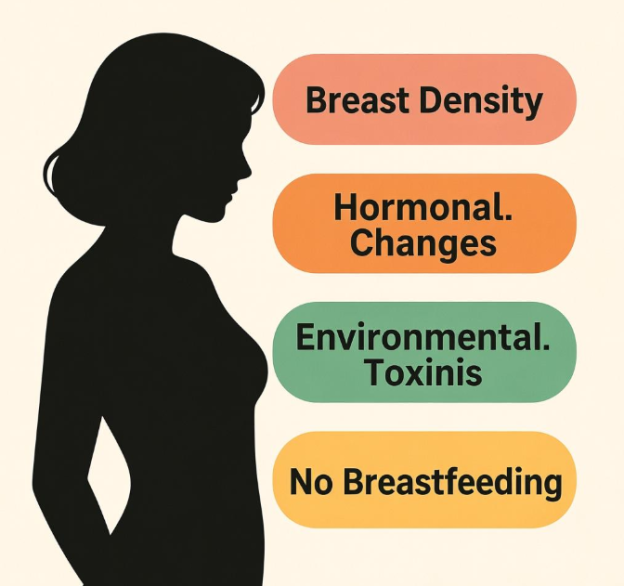Breast ductal carcinoma starts inside the milk ducts and is the most common type of breast cancer. Knowing how it usually shows up can help you spot it early and see a doctor sooner.
The first sign most women notice is a painless, firm lump in the breast. It may feel like a hard knot with uneven edges, and it doesn’t move around easily. The lump can be anywhere, but it’s often toward the under-arm side. Sometimes the skin over the lump dimples, looking like an orange-peel texture, or the nipple turns inward or points a different direction. You might feel thickening or a heavy, swollen area that wasn’t there before.
Nipple changes are another clue. The nipple can become scaly, red, or develop a crusty rash—signs that cancer cells are in the ducts right under the skin. Spontaneous clear or bloody discharge from one nipple, especially when only one duct is involved, should also be checked.
As the tumor grows, the breast can swell, feel warm, or change color. Lymph nodes under the arm may enlarge and feel like firm peas. Advanced cases can cause breast pain, skin ulcers, or swelling of the whole breast, but most early ductal cancers don’t hurt.
Any new lump, skin change, nipple pull, or unusual discharge that lasts more than a couple of weeks deserves a doctor’s exam and imaging.
| Symptom | What to Look For |
|---|---|
| Lump | Hard, uneven, painless knot that doesn’t shift easily |
| Skin changes | Dimpling, orange-peel texture, redness, warmth |
| Nipple changes | New inversion, scaling, crusty rash, or single-duct discharge (clear or bloody) |
| Swelling | Heaviness, thickening, or size increase in one breast |
| Lymph nodes | Firm, pea-sized lumps under the arm or above the collarbone |
